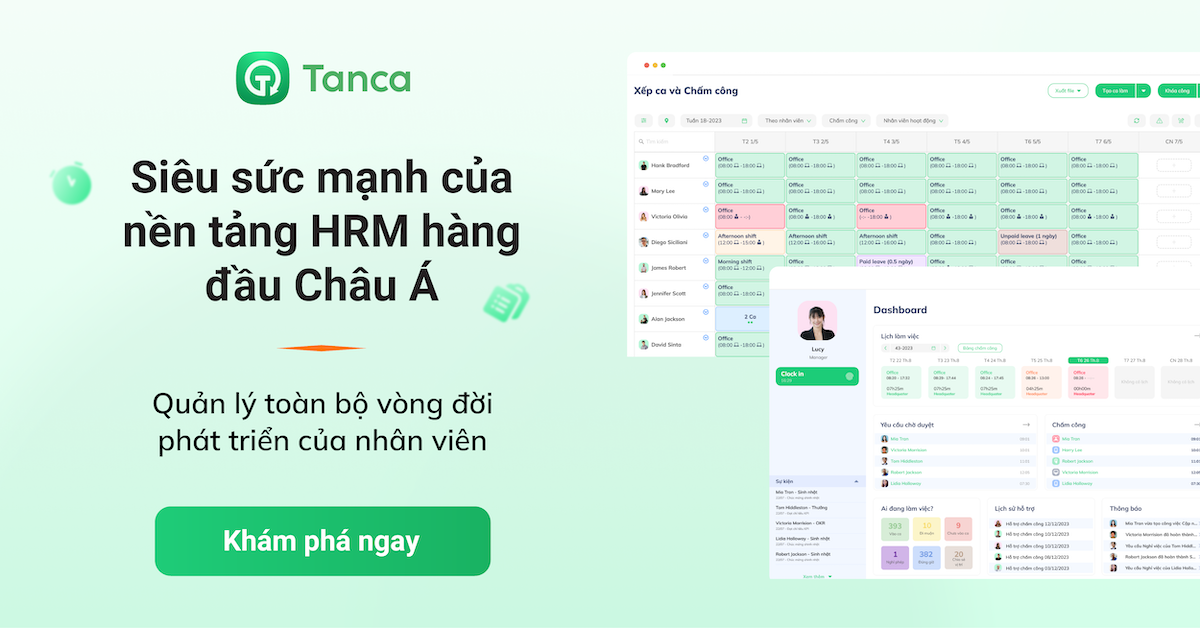As workplaces evolve, an increasing number of employees are identifying with gender expressions that differ from traditional norms. While many transgender individuals identify as male or female, others may identify as "genderqueer," "gender fluid," or "non-binary." These identities challenge conventional understandings of gender and often lead to the use of gender expansive pronouns such as "they, them, and theirs," along with inclusive honorifics like "Mx."
Respecting individuals' chosen names and pronouns is fundamental to fostering a culture of mutual respect and inclusion. Misgendering—whether intentional or accidental—can be hurtful and distracting, creating tension that hinders communication and collaboration. By embracing diverse gender identities and using correct pronouns, organizations not only demonstrate respect but also enhance workplace morale, creativity, and productivity.
In this guide, we will explore best practices for using pronouns in the workplace to ensure that all employees feel valued and included.
What Are Pronouns and Why Are They Important?

Pronouns are words that individuals use to describe themselves or that others use to refer to them. This includes pronouns like "she/her," "he/him," or gender-neutral pronouns like "they/them." Using the correct pronouns helps create a respectful and inclusive work environment, which is particularly important for individuals in the LGBTQIA+ community.
Pronouns play a crucial role in showing respect and recognition in the workplace. Using the right pronouns for your colleagues goes beyond simple words; it acknowledges their identity and fosters a sense of belonging. In today’s diverse work environments, many people identify outside traditional gender norms, such as non-binary or genderqueer. By being mindful of pronouns, you contribute to creating an inclusive space where everyone feels valued.
When you use someone’s chosen pronouns, you send a clear message that you respect and see them for who they are. On the other hand, misgendering, or using incorrect pronouns, can be hurtful and isolating, leading to misunderstandings and tension within your team. That is why incorporating pronouns in introductions, email signatures, and team meetings should become a standard practice to promote inclusion and respect.
How to Use Pronouns Right in the Workplace?

Creating an inclusive workplace starts with understanding and using the correct pronouns for everyone. Here are some effective strategies to ensure you’re using pronouns right.
Ask or Listen
When unsure about a colleague’s pronouns, don’t hesitate to ask them directly. A simple, “What pronouns do you use?” can open up the conversation. Alternatively, pay attention to how they refer to themselves in conversation. If you haven’t interacted with them yet, using gender-neutral pronouns like "they/them" is a respectful option until you know their preferences. You can also simply use their name until you learn their pronouns.
Educate and Raise Awareness
Start by educating your team about the importance of diversity and inclusion. Offer training on unconscious bias, microaggressions, and cultural competency to build understanding. Hosting workshops and discussions encourages open conversations about these topics. Share educational resources like articles, videos, and podcasts to deepen everyone’s knowledge and spark meaningful conversations.
Encourage Pronoun Usage
Make sharing pronouns a common practice. Encourage everyone to include their pronouns in email signatures, virtual meeting profiles, and name tags. This small step creates a welcoming atmosphere and shows that your organization values inclusivity. During meetings, invite employees to share their pronouns when introducing themselves. Also, using gender-neutral language, such as “everyone” or “team,” instead of “ladies and gentlemen,” helps make communication more inclusive.
Implement Inclusive Policies
Review and update your company policies to ensure they support inclusivity and avoid gender biases. Establish clear non-discrimination policies that include gender identity and expression. Provide gender-neutral restrooms and allow employees to dress according to their gender identity. These steps show your commitment to creating a supportive environment where everyone feels respected and included.
Real-World Examples

Many organizations have successfully integrated the use of gender pronouns into their workplace culture, demonstrating a commitment to diversity and inclusion. Here are some notable examples of companies leading the way in promoting inclusive practices.
Accenture
Accenture has made significant strides in fostering an inclusive environment by implementing comprehensive training programs focused on gender identity and pronoun usage. The company encourages employees to share their pronouns during introductions and in email signatures, creating a culture where everyone feels respected and acknowledged. Accenture’s efforts have earned it recognition as one of the top companies for diversity, reinforcing its commitment to creating a workplace that values all identities.
LinkedIn has taken a proactive approach by allowing users to add their pronouns to their profiles. This feature not only normalizes the conversation around gender identity but also encourages employees to share their pronouns in various professional settings. By promoting this practice, LinkedIn demonstrates its commitment to inclusivity and ensures that all employees feel comfortable expressing their identities.
Microsoft
Microsoft stands out for its comprehensive support of diversity and inclusion initiatives, particularly regarding gender identity. The company offers gender transition support for transgender employees and encourages the use of preferred pronouns in all communications. Microsoft has also revamped its benefits package to be more inclusive, offering support for surrogacy and adoption, which further reflects its commitment to creating a welcoming environment for all employees.
Google actively promotes diversity through various initiatives aimed at fostering an inclusive workplace. The company has established employee resource groups, such as the Gayglers network, which supports LGBTQ+ employees. Google encourages employees to share their pronouns in meetings and within internal communication platforms, reinforcing a culture of respect and understanding. Additionally, Google provides training on unconscious bias to ensure that all employees are aware of the importance of using correct pronouns.
Procter & Gamble
Procter & Gamble has made significant efforts to create an inclusive workplace by implementing policies that support LGBTQ+ employees. The company actively promotes the use of preferred pronouns across all levels of communication and encourages open discussions about gender identity. Procter & Gamble’s commitment to diversity is reflected in its diverse leadership team, which aims to represent the communities it serves.
How to Handle Mistakes?
Mistakes with pronouns can happen, and handling them with grace is key to maintaining a respectful workplace. If you realize you’ve used the wrong pronoun, correct yourself immediately. A quick acknowledgment like, “I’m sorry; I meant they,” shows that you recognize your error and are committed to getting it right. It’s important to move on quickly to avoid making the situation uncomfortable for both you and the person you misgendered.
If you notice the mistake after the fact, offer a private apology. Approach the individual and say something like, “I apologize for using the wrong pronoun earlier. Thank you for your understanding.” Avoid over-apologizing, as this can shift the focus from the individual’s identity back onto yourself, which might cause discomfort. Instead, express your intention to improve and focus on making that change. Practicing mindfulness and being proactive in remembering and using the correct pronouns can also help. Support your colleagues in correcting mistakes and foster an environment where open conversations about pronouns are encouraged. This approach normalizes discussions and helps create a culture of respect and accountability.
Non-Discrimination and Inclusivity
Title VII of the Civil Rights Act of 1964 prohibits workplace discrimination based on race, color, religion, sex, and national origin. In 2020, the U.S. Supreme Court extended this protection to include discrimination based on gender identity and sexual orientation.
According to the U.S. Equal Employment Opportunity Commission (EEOC), using pronouns or names inconsistent with an individual’s gender identity can be considered unlawful harassment. The EEOC’s guidance highlights that “intentionally and repeatedly using the wrong name and pronouns to refer to a transgender employee could contribute to an unlawful hostile work environment” and violate Title VII. Ensure that your non-discrimination policy explicitly includes gender identity and expression, affirming your commitment to inclusivity and setting clear standards against misgendering.
FAQs
Can I decline to use gender pronouns at work?
Yes, you can refuse to use gender pronouns, but doing so may create tension and conflict in an increasingly inclusive workplace. It's important to consider the impact on your colleagues and the work environment.
Am I required to share my pronouns at work?
No, you are not obligated to share your pronouns at work. It is a personal choice, and no one should be compelled to disclose their pronouns if they are uncomfortable doing so.
Am I required to include pronouns in my email signature?
You cannot be forced to include pronouns in your email signature at work. While some companies may encourage or suggest that employees add their pronouns to promote inclusivity, there is no legal requirement for you to do so. It's important for organizations to create a culture where sharing pronouns is voluntary and comfortable.
Can you be fired for not using pronouns?
Yes, in some cases, failing to use a person's correct pronouns can lead to disciplinary actions, including termination, especially if it constitutes harassment or discrimination under workplace policies. Many organizations prioritize inclusivity and respect for all employees, and repeated refusal to use someone's chosen pronouns may violate these principles.










